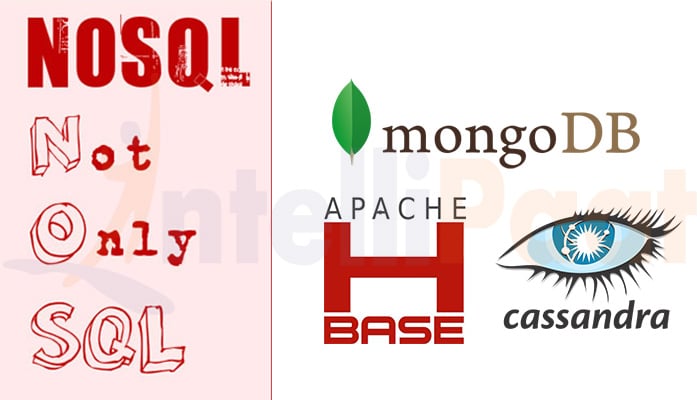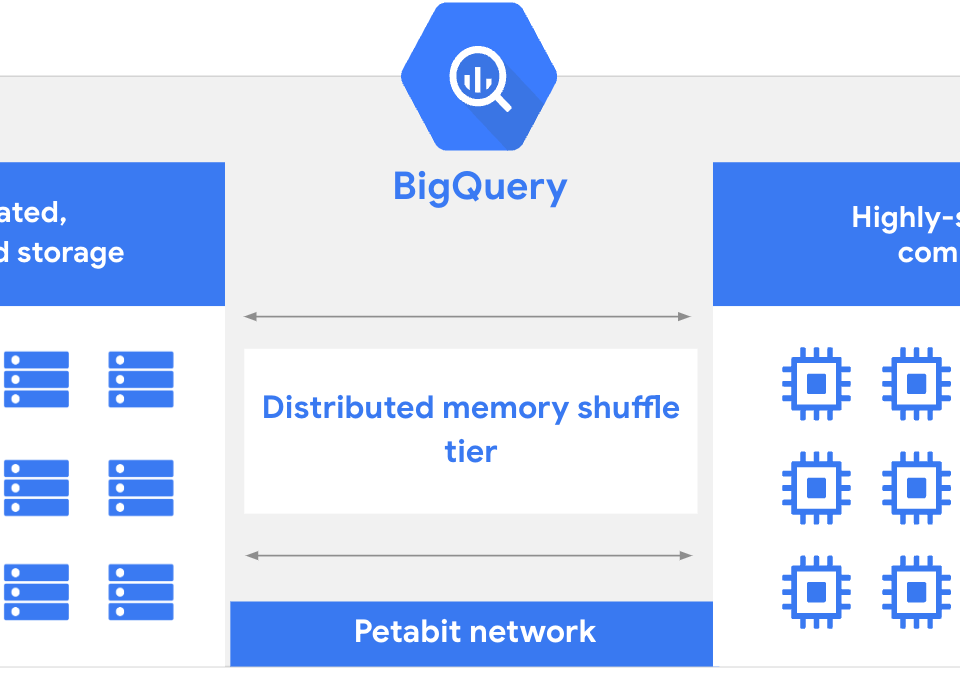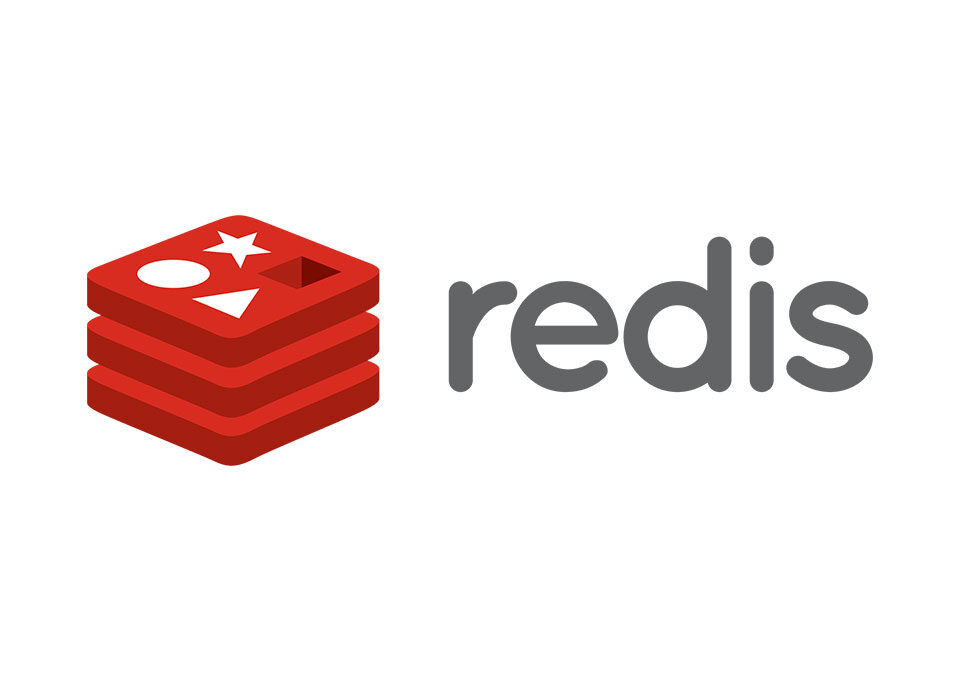
The Convergence of Blockchain, IoT and AI
13th February 2020
What is Apache Hadoop YARN?
19th February 2020Android Development Company Junagadh
One has been predominantly used by firms for storing structured data in various forms, while another lets the companies store unstructured and semi-structured data also. Which is better and more efficient?
With novel introductions in database management systems, it is difficult by enterprises and individuals to decide what to choose. Having a traditional SQL data store and a newly popular DBMS known as NoSQL, understanding concrete differences between the two can only help us choose the right database for our business and software development applications.
Many of us only know about SQL to be the oldest DBs we have, and it would be surprising for you to know that NoSQL existed before SQL’s usage exploded in the 1990s. NoSQL is as old as 1960’s. However, they have gained popularity lately with the eruption of several options like MongoDB, Cassandra, and HBase. The choice does not depend on the benefits and disadvantages of these database systems, rather it’s the type of web applications you deal with and the results you expect from a query system.
Some of the key features of SQL that make it a popular database management system of all times-
- They fit into most of the popular software stacks
- Easy and familiar structure make it a preferred option
- Eliminates redundancy and synchronizes the data
| NoSQL advantages | Description |
| No structure | There is no constraint on the structure of the data to be stored |
| Integration with Cloud computing | Integration with Cloud gives it an edge |
| Quick development | The dynamic and quick development of database |
| Storage of bulk data | Huge amounts of data can be stored |
NoSQL vs. SQL
Till now you must have gotten a clear picture of both the databases, however, a brief comparison will give a clearer view –
| NoSQL | SQL |
| Called as Non-relational database | Called as Relational database |
| Dynamic schema | Static schema |
| Represented as key-value pair, graph database, wide-column stores, etc. | Represented as tables |
| Horizontally scalable | Vertically scalable |
| Not so good for complex queries | Best for complex queries |
| Language varies from database to database | Uses a powerful standard language called “Structured Query Language” (SQL) |
NoSQL is better than SQL- Truth or myth?
Whenever people compare SQL with NoSQL, they state that NoSQL overpowers SQL and is better. Then you must know that this is a MYTH! Remember, none of them supersedes each other and NoSQL is not a replacement to SQL but an alternative to it.
In reference to the differences, one of the technology experts well said, “One size does not fit all.” It means some projects and applications are better suited on SQL while others on NoSQL. In fact, some SQL databases are adopting features of NoSQL and working in collaboration. We have always been living with some rules to using databases like PHP or.Net projects can only use MySQL (SQL) databases. Do not consider it a rule; you may use MongoDB (NoSQL) in your PHP application. Similarly, you can use SQL Server in Node.js applications, instead of presuming that the only NoSQL fits the best.
SQL has a Schema structure while NoSQL is schema-less
The tables in the SQL database refer to the schema structure, which contains information about the following parameters:
Primary key: A unique field that can help you identify a record uniquely; for instance, Course Code in the above table
Relationship: Refers to logical links between two and more data fields in a table. Functionality like Triggers, Views, Stored Procedures, Joins, etc.
Most SQL Developers decide and define the schema structure including any of these functionalities in their table before implementing or applying any business logic is applied to modify and/or update the table. This is because it becomes complex to make big changes later.
On the contrary, as mentioned, NoSQL is formative and the data can be modified and added anywhere at any time. You need not mention a predefined document design. In MongoDB,
db.table_course.insert command lets you create a new document if it wasn’t created before. It will by default add a unique _id to every document present in a collection.
Data Integrity as an important criterion
As you know while working with two SQL table, you can relate them with a foreign key field. This refers to data integrity. If we have a project table, the project_id will be the foreign key and the rules could be defined as:
- It should be ensured that each training course should have a project_id matching to that in the project table.
- Do not let users delete projects if there are one or two training courses assigned to them
In this case, it is complex for Developers and Database Administrators to edit or delete records, resulting in inconsistent databases. There is no data integrity operation available with NoSQL databases. Each document acts as an independent source of information about an item.






